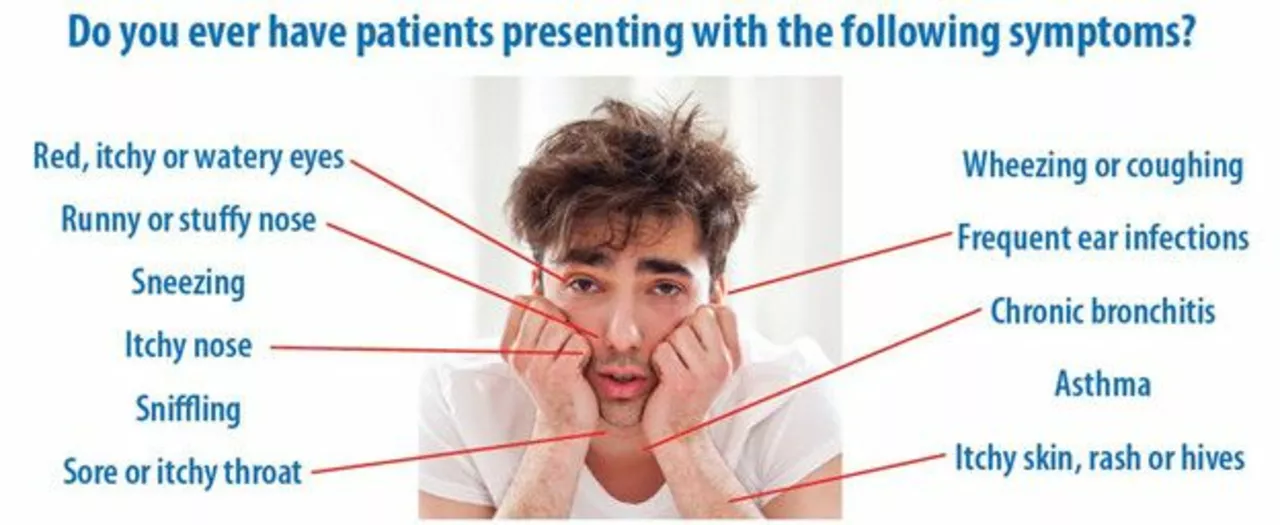Red Watery Eyes — Causes, Fast Relief & When to See a Doctor
Red, watery eyes are annoying and common. They can come from allergies, infections, irritation, or just tired eyes. This page gives simple steps you can try at home, how to spot the likely cause, and clear warning signs that need medical care.
Common Causes
Allergic conjunctivitis: itchy, both eyes usually, clear watery discharge. Think pollen, pets, or dust. Over-the-counter antihistamine drops (like olopatadine) or oral antihistamines often help.
Viral conjunctivitis: often starts in one eye, then spreads. Lots of tearing, crusty lids in the morning, and it can come with a cold. It’s contagious but usually clears in 1–2 weeks.
Bacterial conjunctivitis: thicker yellow or green discharge and eyelids may stick shut. This often needs a prescription antibiotic eye drop or ointment.
Dry eye reflex tearing: your eyes make extra watery tears when the surface is irritated from dryness, wind, or screens. It looks like watering but is caused by dryness.
Foreign body, contact lens problems, or eyelid inflammation (blepharitis) can also cause redness and tearing. Sometimes a blocked tear duct is the cause, especially in infants.
Home Care That Works Fast
Start with hygiene. Wash hands before touching your eyes. Don’t share towels, pillows, or eye makeup until symptoms are gone.
Stop wearing contacts until your eyes feel normal. Contacts can trap bacteria or worsen irritation.
Use preservative-free artificial tears every few hours. They rinse allergens and soothe the surface. Avoid drops labeled "redness reliever" often — they can rebound and worsen redness with long-term use.
For allergies, try cold compresses and an oral antihistamine. Over-the-counter antihistamine eye drops like olopatadine give good, fast relief for itchy, watery eyes.
For crusty lids or mild blepharitis: warm compresses for 5–10 minutes, then gently scrub lashes with diluted baby shampoo or a lid wipe to remove debris.
Avoid steroid eye drops unless prescribed. Steroids can help inflammation but may cause harm without medical monitoring.
When to call your doctor: sudden vision loss, severe eye pain, bright halos around lights, intense redness in one eye, or a high fever with eye symptoms. Also see a doctor if discharge is thick and colored, or if symptoms don’t improve in 48–72 hours.
If you have eye surgery history, an artificial lens, or a weakened immune system, get medical advice sooner. For babies with constant tearing or a blocked tear duct, pediatric care is important.
Want to be practical? Start with artificial tears, cold compresses, and stopping contacts. If it’s itchy and allergy-like, add an antihistamine drop. If you see green or yellow gunk or worsening pain, book a clinic visit — bacterial infection or other problems may need prescription treatment.
Red, watery eyes are usually treatable. Small changes at home fix most cases, and quick medical care prevents complications when something more serious is going on.

